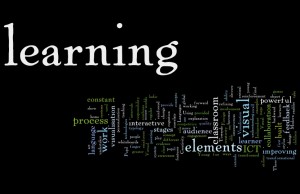Three powerful elements of ICT provide drivers for visual learning. The first is the quality of ostensiveness built into the system: Young children correlate language with concepts by the act of pointing at things. This reinforces the learning. ICT utilises this through the use of the mouse, or, on interactive whiteboards, with the stylus or the finger. Visualization, and the ability to move backward and forward through the different stages of a process or a learning object, enables learners to recall the stages of learning. The final, powerful, reinforcement is provided by the ludic elements built into systems: through games, competitive elements, and constant feedback, learning becomes fun. With collaboration and constant feedback the learner is able to to take greater responsibility for improving her or his work by refining and improving at regular intervals.
These examples of the ways on which visual learning is used in the classroom show how teaching and learning can be transformed through learner involvement; creativity; personalisation; collaboration; an awareness of audience that extends from the class through home to a global audience.
If work with young people in the classroom combines interactive visual learning technologies with most of these features, then we should see a change in learning and pupil engagement. For these are the transformational elements. Visual learning and the process of visualisation play a critical role in cognition. Pupil understanding of the What and Why of the work they have undertaken is reinforced by visualisation, and through language, in the explanation of the learning process.
And here is some of the evidence …
Modern Foreign Languages
Using concept maps
Virtual worlds
Independent learning and working
Creativity
Towards a typology of visual learning

